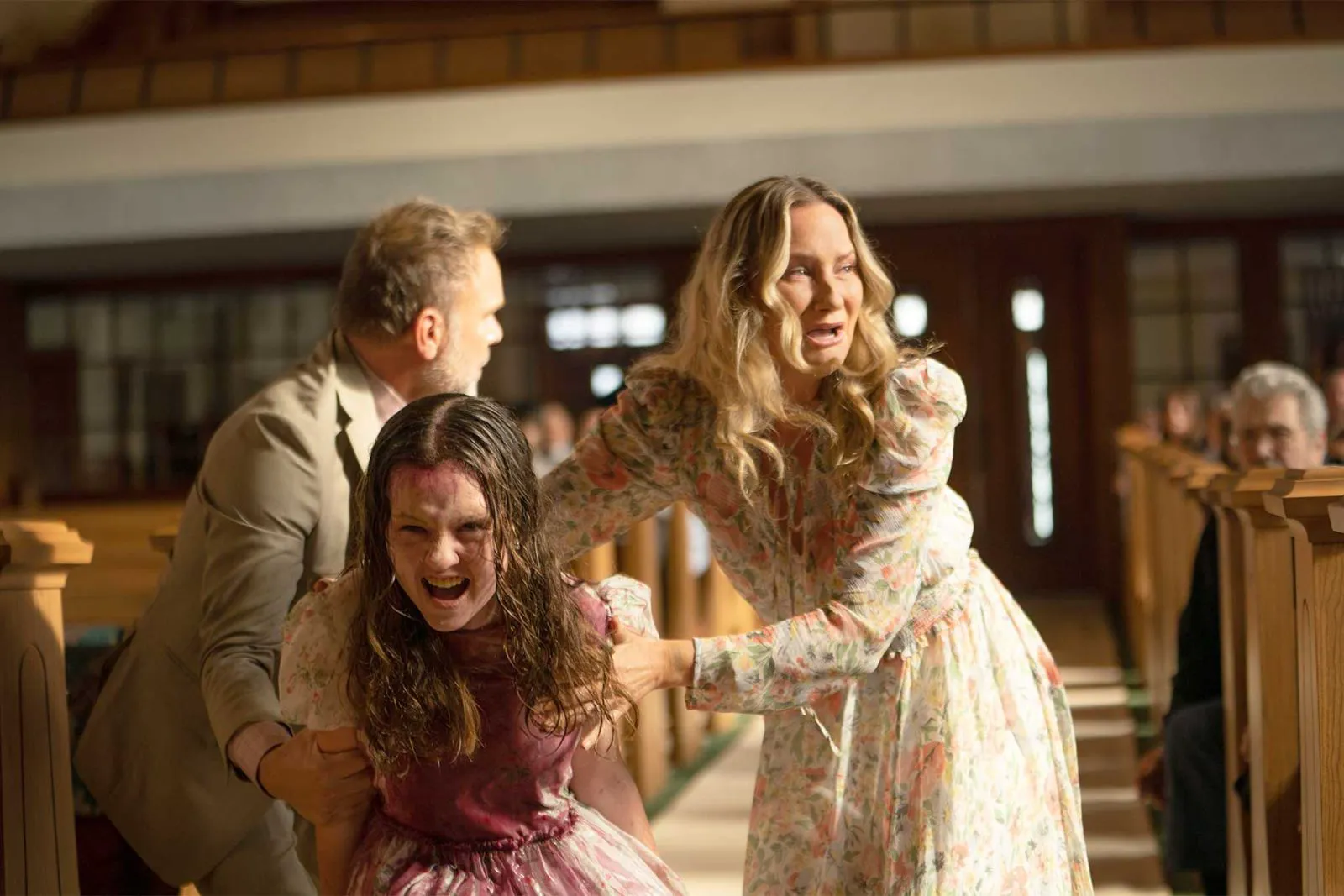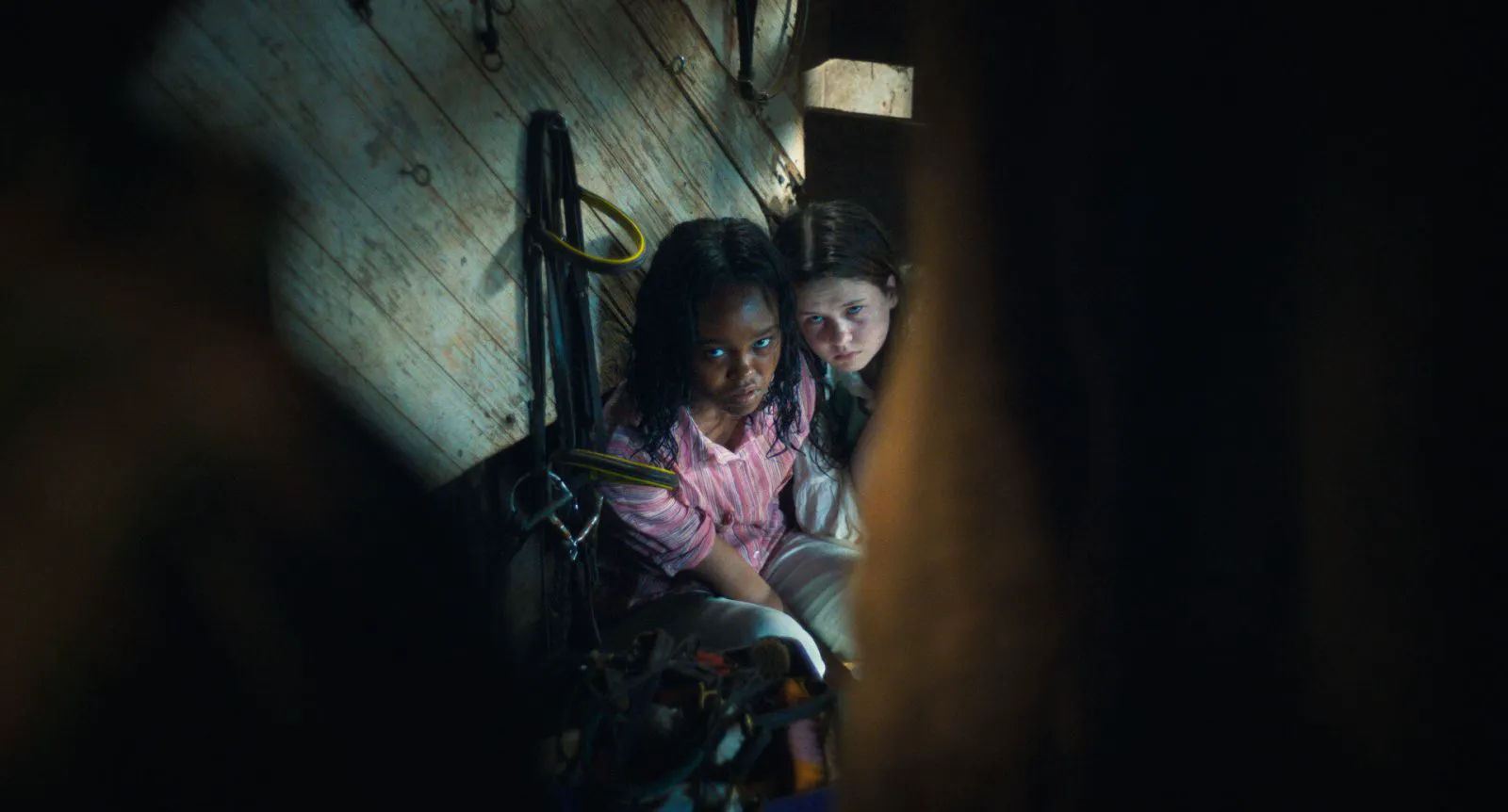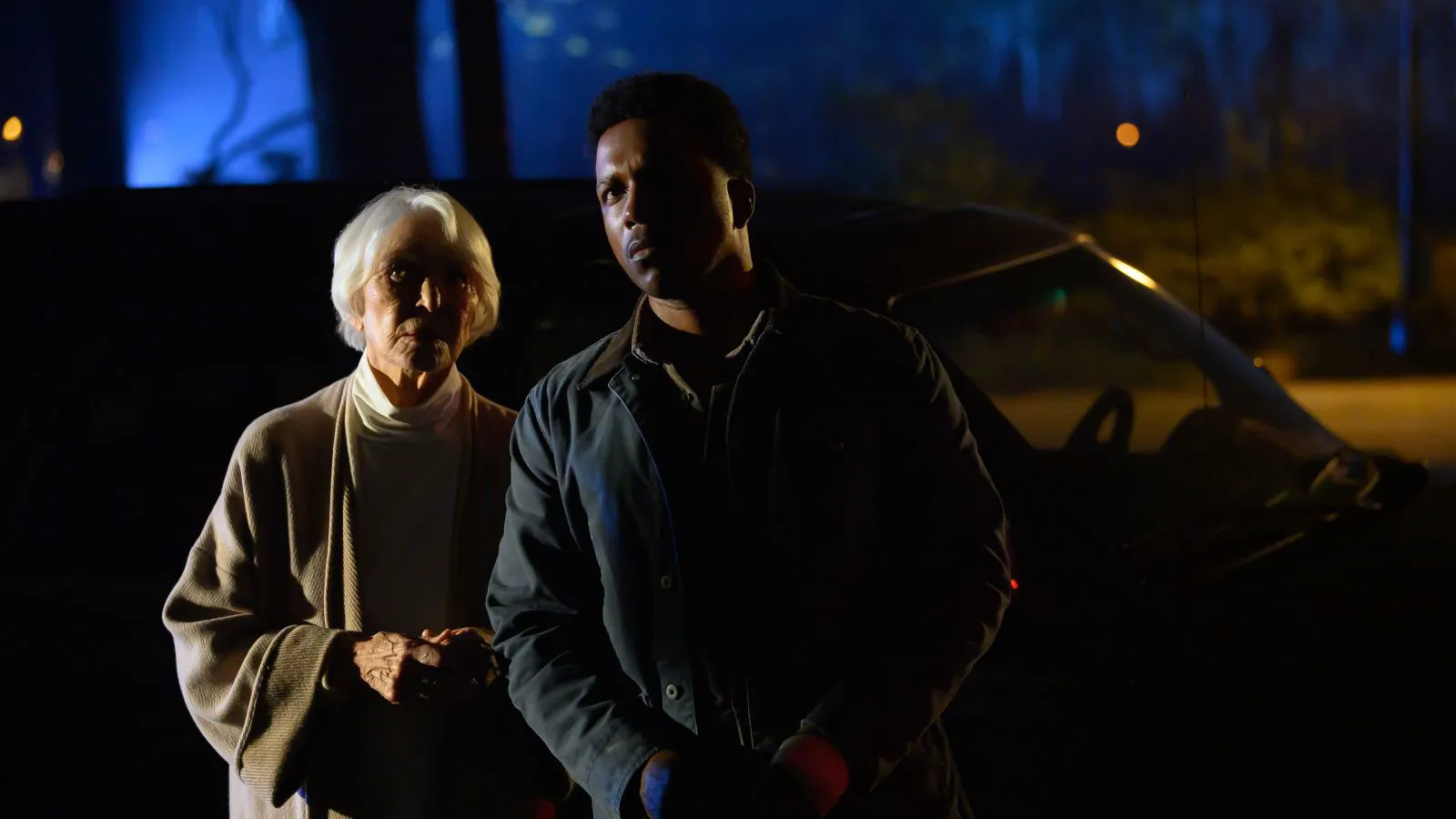The Exorcist: Believer - A Sequel That Misses the Mark
This year marks the 50th anniversary of William Friedkin’s “The Exorcist,” a definitive classic in the horror genre. Coincidentally, the film’s anniversary coincides with the death of the director himself. Friedkin passed away just a few months before the premiere of the sequel to his most famous work. In an era saturated with remakes, sequels, and reboots, the release of a new “Exorcist” film isn’t particularly surprising. The choice of David Gordon Green as the new director initially seemed like a well-considered and logical decision by the studio. For the past six years, Green has been involved in the renaissance of a cult classic with varying degrees of success. His first “Halloween” film managed to reboot the franchise respectably, while the latest installment effectively buried it. Friedkin’s “Exorcist” spawned numerous sequels, none of which managed to justify their existence. An exception could be made for the 2016 TV series of the same name, which, despite its merits, deviates significantly from the canon, even though it is nominally a direct continuation of the film.
“The Exorcist: Believer” also disregards all previous films. Green once again attempts to rewrite a history that no one appreciated, focusing the plot on not one, but two demon-possessed girls.

Ellen Burstyn as Chris MacNeil in a still from “The Exorcist: Believer”
The Plot
The film’s protagonist, a single father named Tanner (Leslie Odom Jr.), is trying to save his daughter Angela (Lidya Jewett). Along with her friend Katherine (Olivia O’Neill), Angela falls under the influence of an evil force during a séance in the woods. It turns out that the girl was trying to summon the spirit of her deceased mother, whom she never knew. As a grounded individual, Tanner initially denies his daughter’s possession. It is Chris MacNeil (Ellen Burstyn), the mother of the infamous Regan MacNeil (Linda Blair), who opens his eyes to the true situation.

Lidya Jewett as Angela in a still from “The Exorcist: Believer”
Missed Opportunities
Exorcism rituals were most prevalent in Christianity, and the most well-known cases of so-called demon expulsion from humans were recorded in the last century. Symptomatically, possession was described as openly blasphemous, perverse, and at times hysterical behavior. People enslaved by evil forces spoke in dead languages, masturbated with crucifixes, and writhed in convulsions – in short, they were ideal material for a horror film. The original “Exorcist” is a perfect reflection of the idea of exorcism, limited only by the time and technical capabilities of its era. David Gordon Green, unlike William Friedkin, had not only the tools of modern filmmaking at his disposal, but also several brilliant examples of what not to do. However, even with such a foundation, Green still managed to make a film that is alien to its ideology, paradoxically safe and comfortable for viewers’ nerves, which is akin to death for the horror genre.

Olivia Marcum as Katherine in a still from “The Exorcist: Believer”
A Lack of Vision
Friedkin’s “Exorcist” captivated audiences with its unwavering, almost defiant boldness, grotesque imagery, and nauseating physicality. Green, instead of embracing and reinterpreting this experience, switches to nihilist mode and completely rejects it. “Believer” is built on deliberately sloppy compositions that would look great in a slasher film but don’t work at all in a mystical setting. Overall, the occult aspect of the film is executed amateurishly, revealing Green as a craftsman rather than a master. The atmosphere of the supernatural in cinema is strongly linked to lighting, but Green seems to ignore this fact entirely. Instead, we get boring shots involving the Bible and the church, discussions about the religious path, and quotes from the Gospel – anything but a sense of the mystery of exorcism. In Friedkin’s original film, the priest was a key figure, a kind of superhero, embodying boundless human faith in his own omnipotence. In Green’s sequel, religious experience is too nominal and insignificant for the narrative. The only priest here is demonstrably weak and vulnerable, and universal power is placed in the hands of a parent whose unconditional love is supposed to bring salvation. This idea is acceptable and socially approved on all counts, but it has nothing to do with the philosophy of “The Exorcist.”
Most of the time, Green seems to forget that he is not filming another installment of “Halloween.” The entire supernatural component of the film is reduced to the level of a zombie horror, with the focus on the lamentations of Leslie Odom Jr.'s character, who is experiencing a crisis of faith due to the tragic loss of his wife. However, the psychological aspect of “Believer” also fails to materialize. Green takes a successful concept from “The Last of Us” but simply doesn’t know what to do with it. Building a successful parent-child relationship with a demon-possessed child doesn’t quite work out, and elaborating on the father’s guilt complex is too risky and might not appeal to the audience. Against the backdrop of Green’s complete rejection of Friedkin’s cinematic legacy, the cameos of Ellen Burstyn and Linda Blair seem particularly strange, as does Mike Oldfield’s soundtrack. However, without these elements, the new “Exorcist” could hardly be linked to the old one in any way.